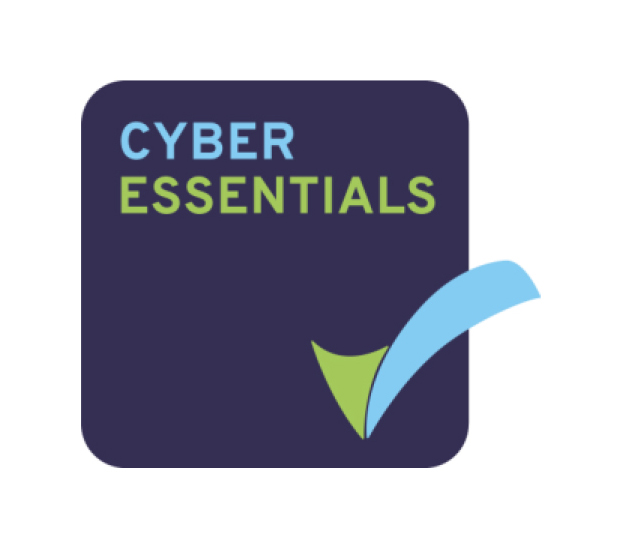
On-time, in-full (OTIF) delivery has become the gold standard for supply chain performance.
Retailers and distributors are under constant pressure to meet customer promises while protecting shrinking margins. In this environment, manual or disconnected warehouse processes are no longer sustainable. Organizations are turning to NetSuite warehouse and fulfillment capabilities, including Warehouse Management System (WMS), Ship Central, mobile scanning, and EDI integrations, to modernize operations and meet the dual challenge of speed and efficiency.
The rising pressure of OTIF and margins
Boards and customers alike now measure fulfillment success in terms of OTIF. Delivering late or incomplete orders leads to lost revenue, strained relationships, and chargebacks from large retail partners. At the same time, rising labor and logistics costs continue to squeeze margins. All this is leaving executives facing a tricky question: How can we improve throughput without adding headcount, and how do we ship faster without eroding profitability?
The answer is increasingly found in automation and integration. NetSuite’s fulfillment ecosystem is designed not only to keep pace with OTIF expectations but also to strengthen cost control in the warehouse.
Anderson Frank provides NetSuite talent with experience in supply chain and fulfillment, helping organizations improve throughput without increasing headcount.
Modernization tools that accelerate fulfillment
Warehouse Management System (WMS)
NetSuite WMS provides directed picking, optimized putaway, and barcode scanning for real-time accuracy. Instead of workers relying on paper-based instructions, every movement in the warehouse is guided and recorded. For a distributor facing penalties from retail partners for missed OTIF targets, WMS could mean fewer picking errors, faster order turnaround, and better compliance with customer delivery windows.
Ship Central
Ship Central connects directly with carriers to automate rate shopping, label generation, and shipment tracking. A mid-market retailer could use it to automatically select the cheapest carrier that still meets service-level agreements, reducing both shipping costs and the risk of late delivery.
Mobile scanning
By equipping staff with mobile scanning devices linked to NetSuite, businesses can update inventory positions instantly. This prevents the common problem of overselling stock that isn’t actually available and supports faster, more confident order fulfillment. Leaders who once relied on batch updates now get real-time visibility into inventory movements across the warehouse floor.
EDI and third-party logistics integrations
For companies that work with major retail partners or outsource fulfillment, electronic data interchange (EDI) is critical. Integrating EDI with NetSuite ensures purchase orders, shipment notices, and invoices flow automatically between systems. A consumer goods brand might rely on this integration to maintain compliance with large retailers’ vendor requirements while scaling peak-season volumes through third-party logistics providers.
When adopting these tools, Anderson Frank offers NetSuite specialists who can configure WMS, Ship Central, and integrations to meet the compliance and performance demands of OTIF delivery.
Strategic benefits for executives
For business leaders, the adoption of these tools translates into measurable advantages:
- OTIF compliance: Fewer late or incomplete shipments, reducing penalties and improving customer satisfaction.
- Margin protection: Automated rate selection, reduced errors, and improved efficiency cut fulfillment costs.
- Scalable growth: Throughput can increase without a corresponding increase in headcount.
- Visibility and control: Real-time data enables proactive decision-making instead of firefighting.
Why modernization is accelerating
There are two converging forces that explain why adoption is picking up pace. The first is customer and retailer expectations. OTIF is becoming a non-negotiable standard across industries. Falling short impacts both reputation and profitability. The second: cost volatility. With labor, fuel, and shipping costs fluctuating, leaders need technology-driven efficiency to protect margins.
In this climate, warehouse modernization is no longer seen as an optional upgrade. It is a strategic necessity for any organization competing in time-sensitive and cost-pressured markets.
Fulfillment as a competitive differentiator
For businesses looking at next moves, investing in warehouse and fulfillment modernization with NetSuite won’t only help keep the logistical lights on, it’ll help build a competitive differentiator where OTIF compliance, efficiency, and scalability create stronger margins and higher customer trust. Those who move quickly to adopt WMS, Ship Central, mobile scanning, and EDI will be best positioned to thrive in the next era of supply chain performance.



